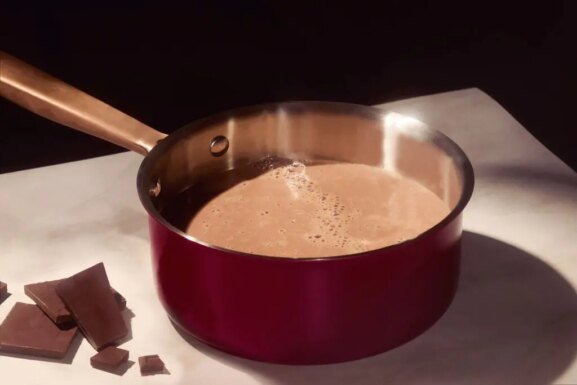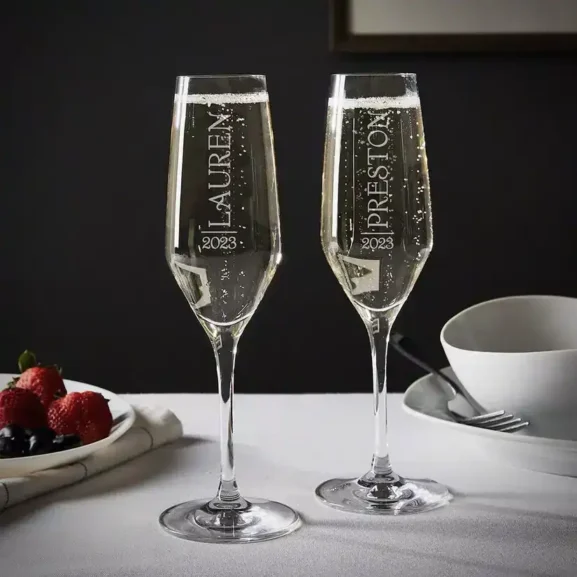The Best Rosé Champagnes at Every Price Point
Over the past couple of decades, rosé Champagne has skyrocketed in popularity. Since 2000, exports of the salmon-hued sparkler have jumped from a mere 3.14% of the region’s production to around 10% in 2022 and 2023.
But, as the numbers clearly indicate, it’s still just a small slice of the region’s overall production. The limited availability of these coveted bottles—paired with increasing interest in the category—mean they tend to cost significantly more than their non-rosé counterparts.
“It’s all about demand for style that demands extra attention to craftsmanship,” says Wine Enthusiast Tasting Director and Champagne expert Anna-Christina Cabrales.
With white Champagne, winemakers have more room to play around with the seven grapes approved by the Appellation d’Origine Contrôlée (AOC) and the chemistry of how they interact with one another to create balance in the bottle.
Similarly, rosé Champagnes can feature any or all of those grapes, as long as either red Pinot Noir or Pinot Meunier is present. However, Cabrales says, “winemakers have to be more exacting in their vision to strike the right balance, because they’re adding structure, they’re adding color, they’re adding another layer.”
These blush-toned wines can be made in one of two ways: assemblage (blending white and red grapes) and saignée. The latter, which translates to “to bleed,” are made by squeezing the juice off red grapes after they’ve had time to macerate on the skins. These can be much darker in color are often those “intense meaty styles with tons of tannin and texture,” says Cabrales.
All of this work and consideration makes rosé Champagnes pricier to produce, a price hike that can be passed along to the consumer. Still, they’re absolutely worth exploring.
“These wines can be incredibly compelling and seductive in a sense,” says Cabrales. “Where a rosé now may come off as very youthful and fresh with red fruits and florality, like violet and rose petal, over time as they start to age in the bottle, you can find intense layers of complexities you can’t find in a normal bottle of bubbles.”
These aromas, she adds, can span from iodine, blood orange and toffee notes to overripe, desiccated flavors. Tropical fruits such as guava and passion fruit can also be in the mix. “They become really pretty and also quite versatile,” adds Cabrales. “But it’s really nice to savor them by themselves.”
Whether you want to try out one of the more affordable bottles (think relatively, we’re talking $50 to $70) or go all out with an option that tops $500, we’ve rounded up a selection of highly-rated rosé Champagnes to add to your buying list.
Best/Highest-Rated
Most Expensive
Most Popular
$200 and Up
$80 to $200
Pol Roger 2018 Rosé Brut (Champagne)
$ Varies
Wine.com
Under $80

Pommery NV Brut Rosé Royal (Champagne)
A blend of the three main Champagne varieties, the result here—with a bit of red skin in the blend—is a pale rosé. With just a touch of tannin to give structure and an edge of minerality, the bottling is young while balanced. It is fruity, red fruits in the background. Drink now. 90 Points — R.V.
$70
Wine.com
More Champagne Coverage

From the Shop
Find Your Wine a Home
Our selection of white wine glasses is the best way to enjoy the wine’s subtle aromas and bright flavors.
Published: September 26, 2024

